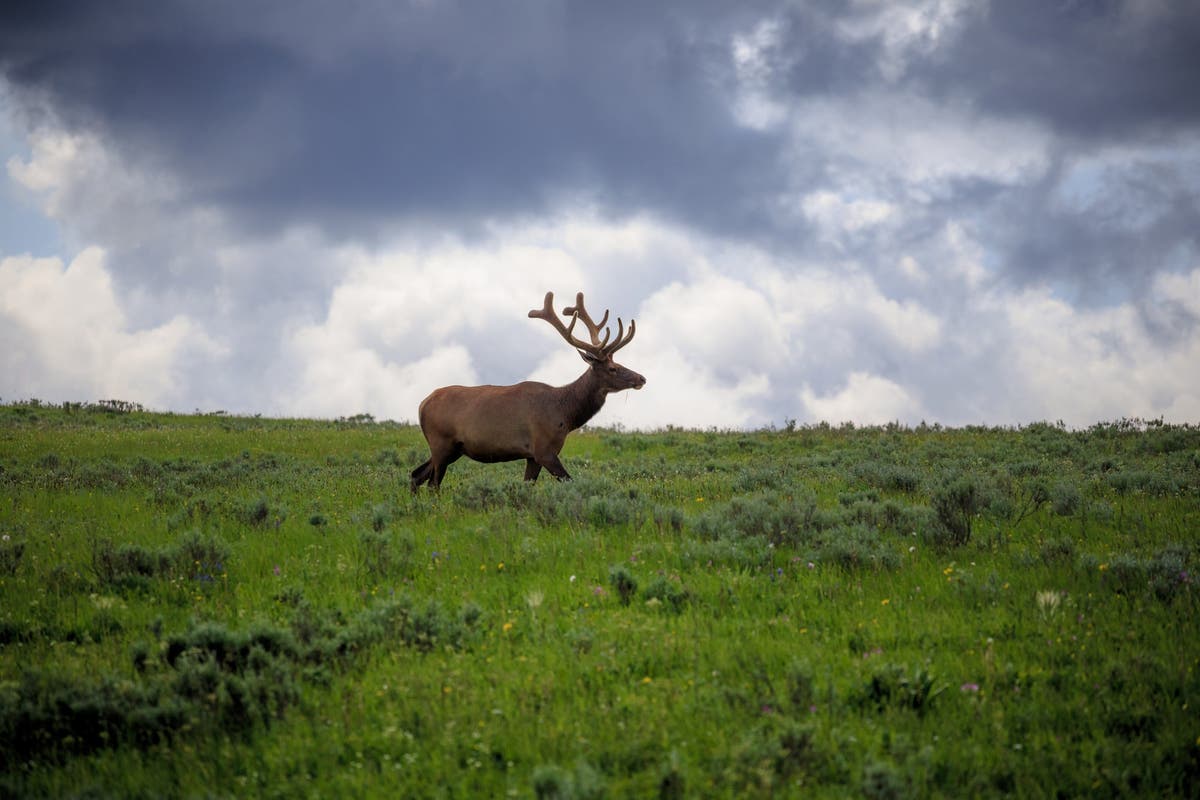Harnessing the power of environmental photography.

Ansel Adams’ iconic photographs of the American wilderness are more than beautiful images of soaring peaks and prickly cacti. They are a call to viewers to care for the natural world. Environmental photography, sometimes known as nature photography, has evolved dramatically since the days of the legendary Adams, but its urgent mission of drawing attention to nature remains very much the same. From the Arctic Circle to the Andes, photographers are turning their lenses to the natural world in the name of researching, conserving, and connecting with increasingly threatened ecosystems. Here’s how you can join them in creating amazing nature photography.
The uses and benefits of environmental photography
The trend of environmental photography has grown along with wider consideration for environmental concerns, but you might be drawn to the practice for many different reasons. Let’s explore a few common drivers that compel new photographers to the outdoors:
Showcase natural beauty
One of the most common reasons for pursuing environmental photography is the simple desire to capture and display how beautiful nature is — whether it’s landscapes, plant life, animals, or even people interacting with their environment. If you’re an amateur photographer just looking to bring more green to your Instagram feed or a pro hoping to reach a wider audience, there are endless places to find Mother Nature showing off.
Expose environmental issues
Environmental photography is a powerful conservation tool. There are many ways you can raise awareness about the importance of protecting our environment, but the most popular strategy is often through showcasing natural beauty, as in the case of Ansel Adams. Another tactic: demonstrating a visible problem. For example, you might depict litter negatively impacting the environment — or create side-by-side images that demonstrate the effects of climate change over time.
Research and monitor
Photographers are famous for their independence. But if you hope to have an impact on a specific issue, finding teams already engaged in addressing it can reduce the chance that you’re simply duplicating someone else’s work. Reach out to non-profits and research institutes to see how you can support their ongoing efforts to document and monitor changes in a specific region or environment.
Support your own personal growth
Not everyone picks up a camera to fight climate change — and that’s okay. Photography can serve as a much-needed creative outlet or a means of discovering a new community. Environmental photography can also help you educate yourself about the environment, and give you an opportunity to spend more time in nature, which can support your mental and physical health.
Ethical considerations of environmental photography
Although photography can be a powerful tool for conservation, troops of unwitting photographers tromping in and out of fragile ecosystems poses a risk all its own. Avoid becoming yet another threat to the places you visit by engaging in these basic practices:
Be mindful not to leave a mark on the environment during your observations.
Be knowledgeable and considerate of local regulations and customs.
Engage with other conservation professionals respectfully.
Put the welfare of ecosystems above profit or personal publicity.
Be knowledgeable about your subjects and the surrounding ecosystems.
Respect indigenous cultures.
Avoid collaboration with organizations known to inflict systemic harm on the environment.
Accurately convey your subject matter and the context in which it was filmed. For example, do not portray a captive animal as wild or heavily edit photos to skew the truth.
Environmental photography tips
As an aspiring environmental photographer, there are many ways you can pursue your interests and develop your photography skills.
Do research
Carefully research factors such as the subject matter itself, the surrounding environment, local regulations, and local cultures before pursuing environmental photography. You should also have a good base knowledge of best practices for avoiding any negative impacts on the area where you are photographing.
Be specific
If your goal is raise awareness of environmental concerns, try focusing your lens on a particular issue. The forces that threaten the world’s ecosystems are sprawling and complex. Pursuing them all is a shortcut to overwhelming you and your viewers. Focus on building a clear and concise narrative around a specific issue, location, animal, or ecosystem.
Stay local
The story of climate change and environmental degradation goes beyond images of starving polar bears and disappearing rainforests. Instead, begin with what you’re familiar with: your local environment. This is a feasible option even if you are in an urban or otherwise highly developed environment, as this can afford you more opportunity to celebrate pockets of natural beauty or demonstrate damaging environmental impacts.
Prepare in advance
When it comes to environmental photography, it is particularly important to ensure that your camera and other gear are prepped and up to the job. Profound natural moments can be fleeting, and you don’t want to waste time fiddling with your equipment or worrying about whether it will hold up under harsh conditions.
Capture the moment
To ensure that you capture the moment as authentically as possible, get familiar with smart camera tools. Environmental photography is often candid by nature, and therefore you can’t rely as much on positioning and other elements of setup. Smart camera tools can automate many elements of the photography process to circumvent the time-consuming setup for a shot.
Tell a story
Ideally, even static shots should include dynamic elements to tell a story. You may want to take it a step further and take panoramic shots or full videos to tell an even larger story. These methods can be particularly useful if you are capturing images for a photojournalism project or a documentary.
Edit and enhance carefully
While it is important to avoid misrepresentation of environmental elements for ethical reasons, editing and enhancement options are important to fully convey the details of your images. More significant changes like adding effects or removing an element of the photo can also sometimes be necessary, but it’ is a best practice to ensure that you’ are doing it for a necessary enhancement or storytelling purpose, and not to substantially distort reality.
Share your work
Once you have shot and edited your photos, you’ll need to develop a system for effectively organizing and sharing them. There are even options available for editing and sharing a photo through a single app should you want to share your photos as you take them. Such options can be especially helpful for people who post often to their blog or social media.
The specifics of this process will depend on your personal preferences and goals, but it’s important to explore and find a system and supporting tools that work for you, so you don’t become overwhelmed by the process.
Whether you’re passionate about environmental best practices, or you’re just someone who appreciates a good sunset, photography is a great practice for connecting you and your viewers with the natural world. Applying the tips and best practices suggested throughout this piece will help you align your ambitions and present your dynamic vision — and who knows, maybe even help save the planet.
Source : Adobe








